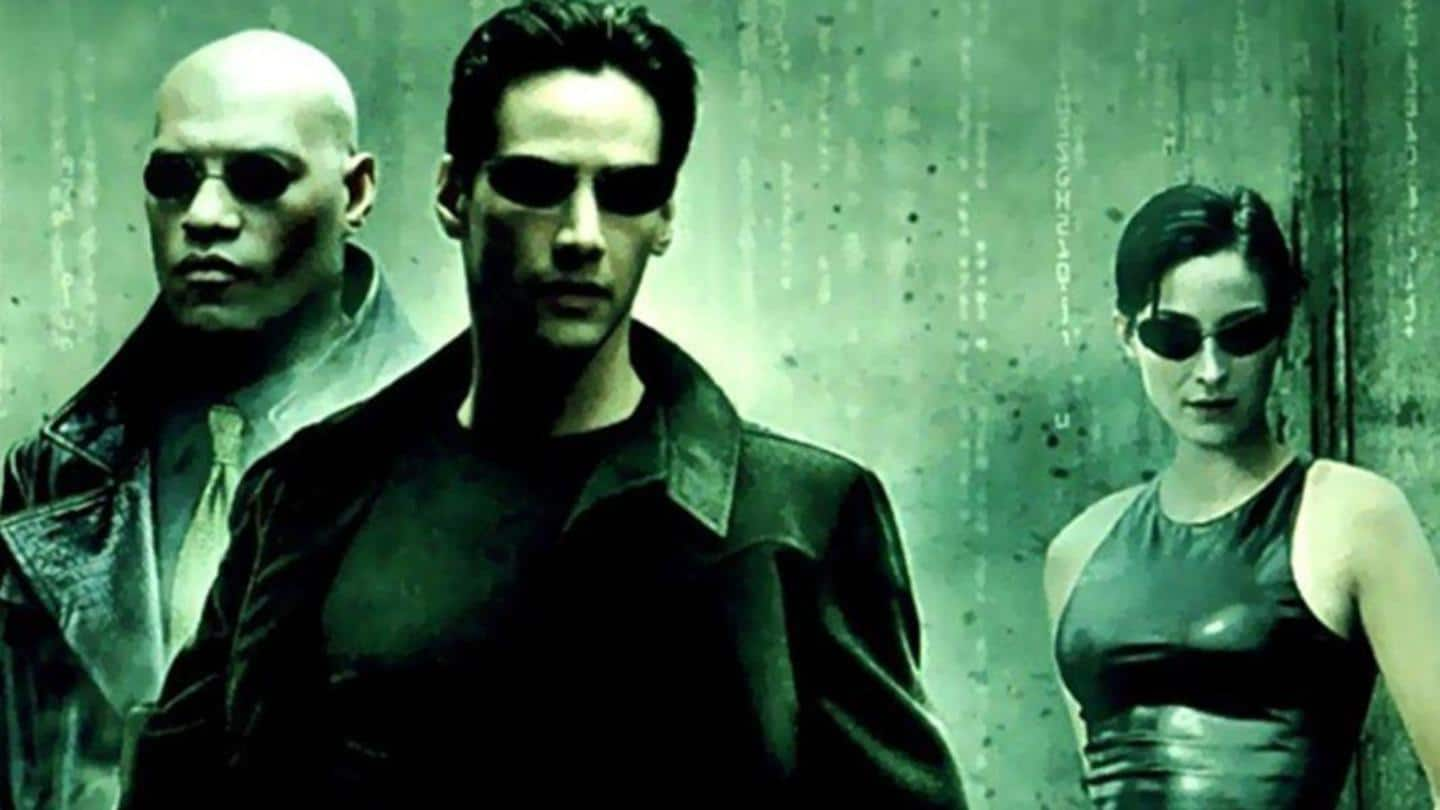
'The Matrix' is a veiled trans allegory: Co-director Lilly Wachowski
What's the story
The Matrix is a true trans allegory.
And, co-director Lilly Wachowski is happy that different fan-made theories hinting at a possible trans-angle to the story are surfacing now because that's really what the directors wanted to express all along.
In an interview with Netflix, Lilly noted "the original intention" has "gotten out" now, and that the "corporate world wasn't ready for it" then.
Synopsis
What was the film all about?
The Matrix involves a protagonist named Thomas A Anderson who goes by his hacker name Neo at night.
A mysterious and masterful hacker, Morpheus (Laurence Fishburne), eludes him until Trinity (Carrie-Anne Moss) approaches Neo and introduces him to Morpheus.
Neo finally gets a clue to his wonder about the Matrix but the scope of his discovery even puts the whole human population in danger.
Script
Wachowski's revelation was expected years before
Wachowski's revelation was expected years before as millions of transgenders could relate themselves with the unique transformation of every character in this sci-fi thriller.
Lilly said the "trans-ness" among the director-duo was on the back of their minds while scripting the film.
In fact, the essence of transforming into something out of the body one is naturally endowed with is reflected in the film.
Debate
Which fan theories indicate a trans angle?
Several theories have unraveled the trans-angle in the film, which released 21 years ago.
Netflix has a dedicated Twitter thread where it discusses how Neo's rejection of his old body and acceptance of the new way of perceiving the world through the blue pill/red pill connection hints at how one may feel that living in one body alone is not sufficient for some people.
Character
Switch: The biggest example of trans angle in the film
The most prominent depiction of transformation is the portrayal of Switch.
While the original script had the character as a man in the real world and woman in Matrix, Belinda McClory's appearance and performance kept the directors satisfied as her features were neither masculine nor feminine.
Interestingly, she wore white throughout her screen time as opposed to black get-ups of all other characters.